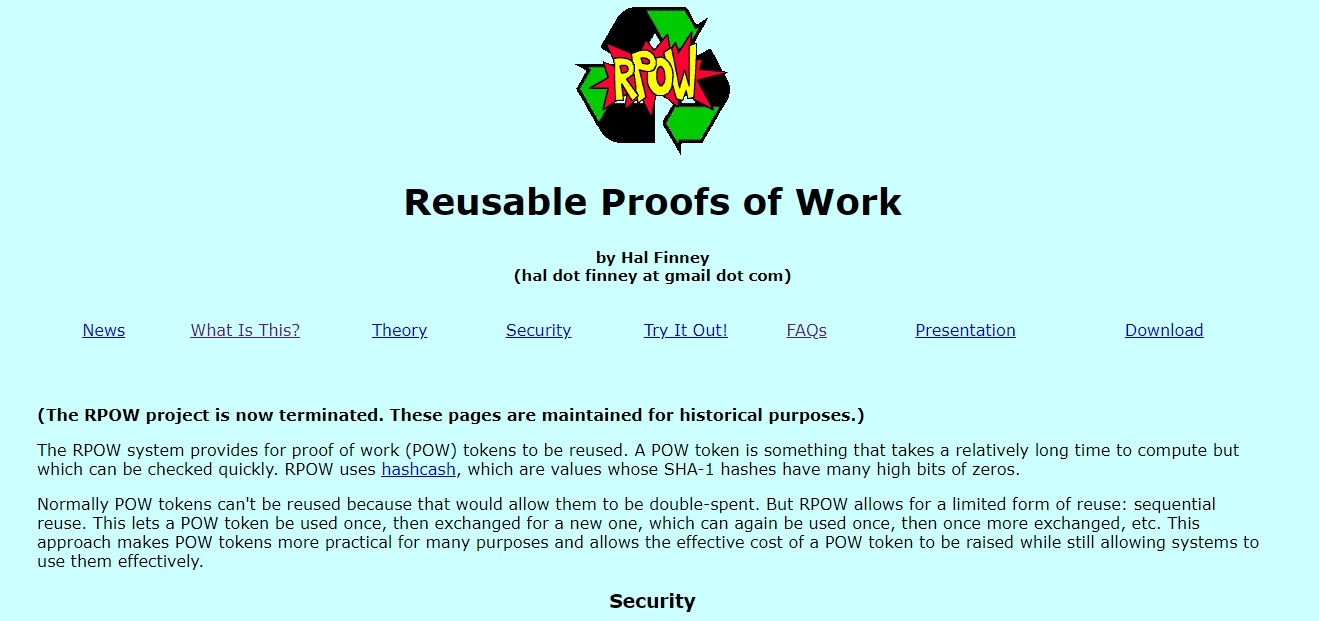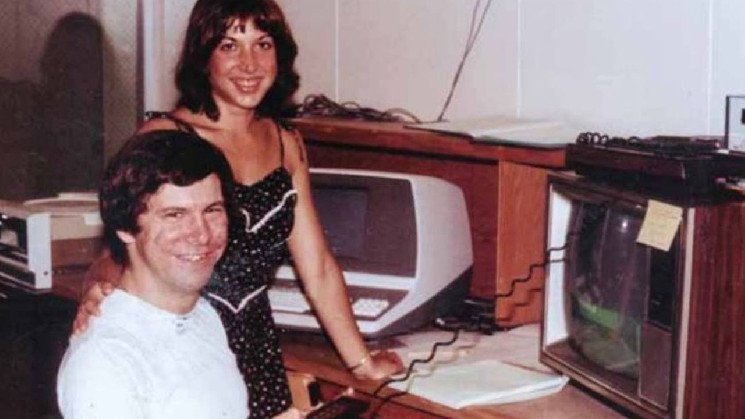This week commemorates the 20th anniversary of Hal Finney’s introduction of Reusable Proofs of Work (RPOW), a groundbreaking concept that laid the groundwork for modern digital currencies. Finney’s visionary work continues to resonate within the cryptocurrency community, showcasing his profound understanding of digital cash systems.
Evolution from RPOW to Bitcoin
Hal Finney, a renowned computer scientist and cryptographer, is renowned for his early and influential contributions to digital currency. He was one of the first to engage with Bitcoin and famously received the initial BTC transaction from Satoshi Nakamoto.
Finney’s impact on the realm of crypto assets is undeniable, transcending Bitcoin with his development of Reusable Proofs of Work (RPOW) in 2004—a concept that foreshadowed many fundamental aspects later vital to Bitcoin.
At its essence, Finney’s RPOW system was a pioneering effort to tackle the issue of double-spending in digital currencies. Building upon the proof-of-work (PoW) concept introduced by Adam Back’s Hashcash, RPOW allowed for the recycling of PoW tokens, serving as a precursor to Bitcoin’s secure transaction framework.

Archived snapshot of Hal Finney’s RPOW website.
The system facilitated the exchange of a PoW token for a new one that could be reused, thus preserving the original token’s value while enabling continuous utilization. This represented a significant advancement in digital currency technology, addressing the critical challenge of preventing users from spending tokens multiple times.
Another innovative aspect of Finney’s system was the RPOW server, housed on a secure IBM 4758 cryptographic coprocessor. This hardware ensured the security and integrity of the tokens by enabling users to remotely verify that the server was running the correct software, devoid of any vulnerabilities.
Finney’s rigorous approach to security and transparency in the RPOW system was groundbreaking, delivering a level of trust and confidence essential for the adoption of digital cash systems. On Aug. 15, 2004, Finney shared his vision with the cypherpunk community through a detailed message (featuring double-spaces) on the mailing list.
“I’d like to invite members of this list to try out my new hashcash-based server, rpow.net.,” Finney wrote at the time. “This system receives hashcash as a Proof of Work (POW) token, and in exchange creates RSA-signed tokens which I call Reusable Proof of Work (RPOW) tokens. RPOWs can then be transferred from person to person and exchanged for new RPOWs at each step. Each RPOW or POW token can only be used once but since it gives birth to a new one, it is as though the same token can be handed from person to person.”
At that time, he encouraged members to experiment with the RPOW system, elucidating its mechanisms and potential applications. Finney was transparent about the system’s beta phase and sought input from the community to refine the technology. His message, sent exactly two decades ago, underscores the collaborative and open-source ethos that has characterized the cryptocurrency community.
Despite RPOW not achieving widespread adoption, its significance is undeniable. The principles and technologies introduced by Finney laid the groundwork for Bitcoin and subsequent cryptocurrencies. Subsequently, Satoshi unveiled the Bitcoin white paper on Oct. 31, 2008, and officially launched Bitcoin on Jan. 3, 2009. Curious and forward-thinking as ever, Finney swiftly became interested in the software and commenced running the program just days after Satoshi activated the mainnet.

